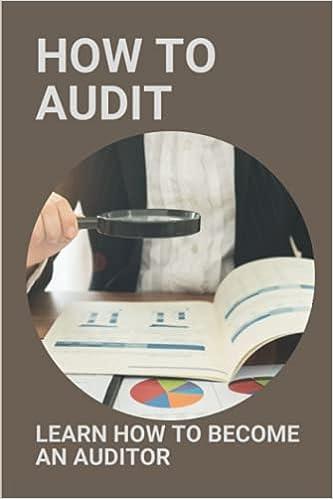
GEOMETRICAL PROBLEMS INVOLVING ROTATION 1. The beds below an angular unconformity have an attitude (dip, dip azimuth) of 74-334, and those above the unconformity are at 54-030. Folds are horizontal in the area. What was the attitude (i.e. the dip/dip direction) of the older beds while the younger were being deposited? 2. Iron-bearing minerals in volcanic rocks contain magnetic fields that were acquired as the magma cooled through the Curie temperature. The original magnetic field is that prevailing at that geologic time and place on the Earth's surface. If the north-seeking palaeomagnetic vector in a basalt plunges at 32-067 but bedding in the area has been tilted to 40-258 around horizontal fold axes what was the pre-tilt attitude of the palaeomagnetic vector. Note that the relationship between the plunge of the magnetization vector, P, and the latitude, 0, of the rock during magnetization can be approximated by: tanP = 2tano. What was the palaeolatitude of this rock? Palaeocurrent directions and sediment transport directions can be determined from a variety of primary structures in sedimentary rocks (eg., cross-stratification; groove casts; etc.). However in folded rocks the beds, on which the current directions lie, must first be rotated back to horizontal before the original palaeocurrent direction can be recorded. In areas with horizontal fold hinges the beds can be simply rotated to the horizontal around the fold axis trend as the horizontal rotation axis. In areas of plunging folds the fold axis must first be rotated to the horizontal before unfolding the beds around the fold axis. 3. Cross-beds occur within an overturned sandstone bed whose attitude is 77-254. The measured current flow direction lies along a line pitching at 42N in this bedding plane, but the sense of flow movement is upwards. In what direction did the current flow? (Assume horizontal folds). GEOMETRICAL PROBLEMS INVOLVING ROTATION 1. The beds below an angular unconformity have an attitude (dip, dip azimuth) of 74-334, and those above the unconformity are at 54-030. Folds are horizontal in the area. What was the attitude (i.e. the dip/dip direction) of the older beds while the younger were being deposited? 2. Iron-bearing minerals in volcanic rocks contain magnetic fields that were acquired as the magma cooled through the Curie temperature. The original magnetic field is that prevailing at that geologic time and place on the Earth's surface. If the north-seeking palaeomagnetic vector in a basalt plunges at 32-067 but bedding in the area has been tilted to 40-258 around horizontal fold axes what was the pre-tilt attitude of the palaeomagnetic vector. Note that the relationship between the plunge of the magnetization vector, P, and the latitude, 0, of the rock during magnetization can be approximated by: tanP = 2tano. What was the palaeolatitude of this rock? Palaeocurrent directions and sediment transport directions can be determined from a variety of primary structures in sedimentary rocks (eg., cross-stratification; groove casts; etc.). However in folded rocks the beds, on which the current directions lie, must first be rotated back to horizontal before the original palaeocurrent direction can be recorded. In areas with horizontal fold hinges the beds can be simply rotated to the horizontal around the fold axis trend as the horizontal rotation axis. In areas of plunging folds the fold axis must first be rotated to the horizontal before unfolding the beds around the fold axis. 3. Cross-beds occur within an overturned sandstone bed whose attitude is 77-254. The measured current flow direction lies along a line pitching at 42N in this bedding plane, but the sense of flow movement is upwards. In what direction did the current flow? (Assume horizontal folds)







